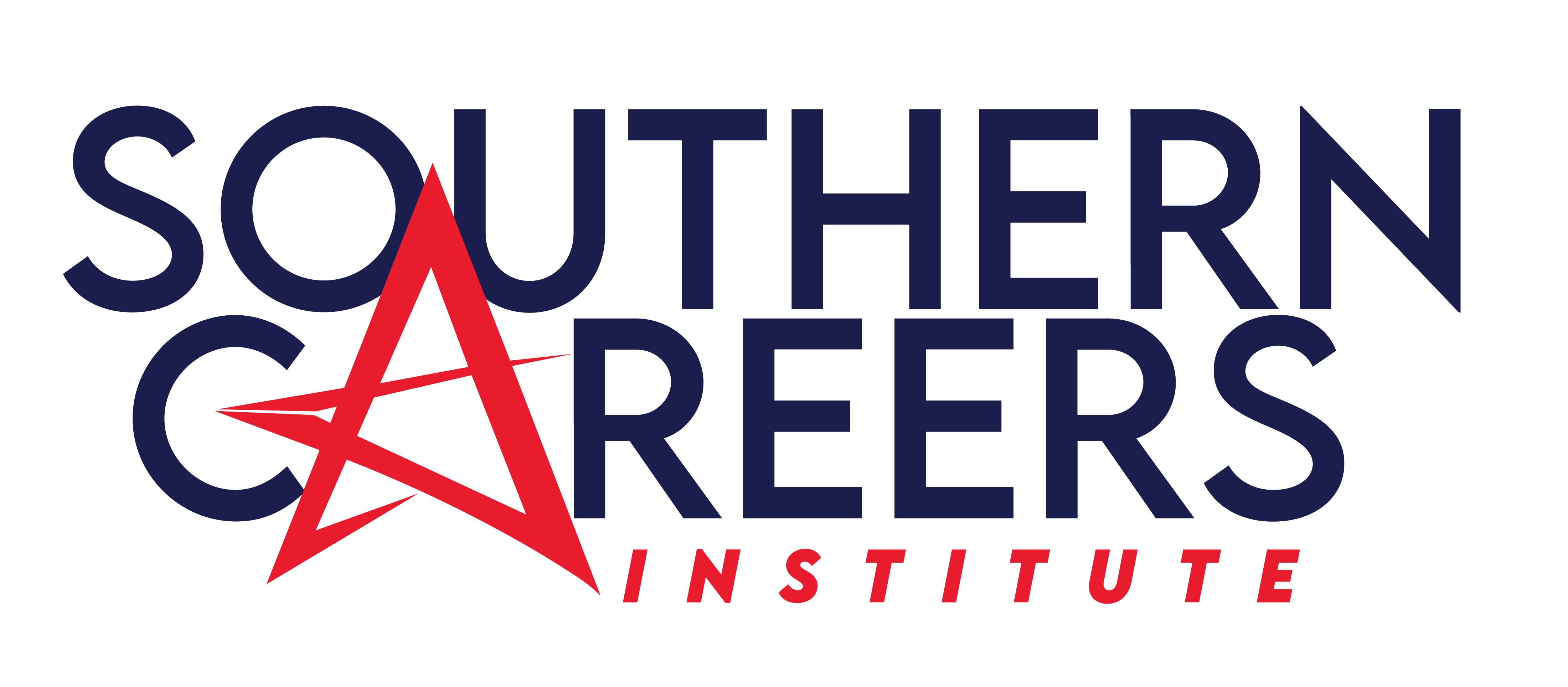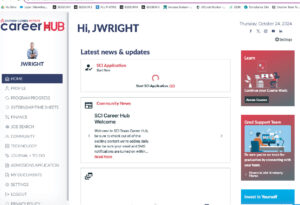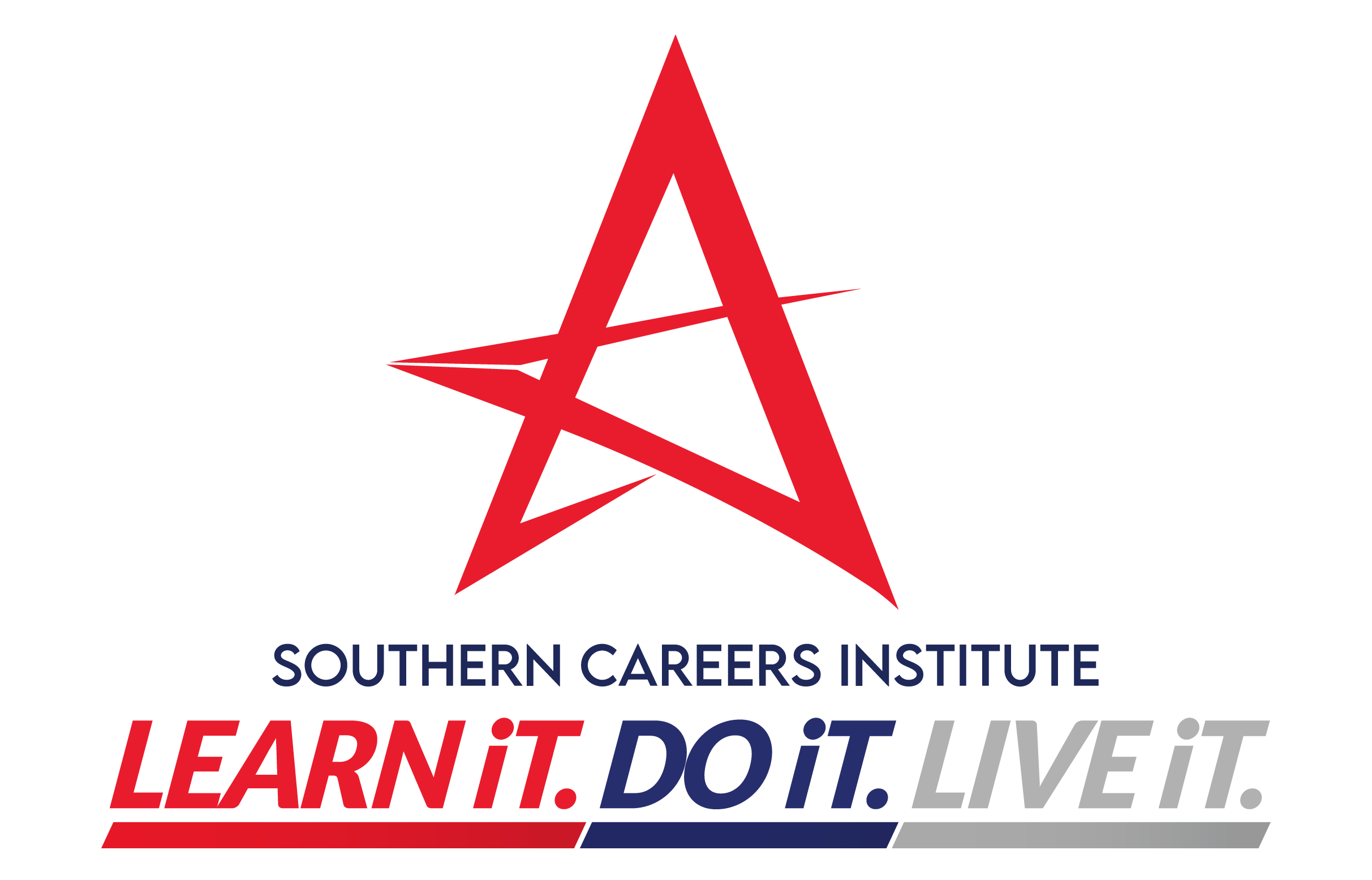A Commercial Driver’s License, or CDL, is a specialized driver’s license that allows individuals to drive designated commercial vehicles on roadways. In Texas, commercial drivers must complete appropriate training and testing in order to drive commercial motor vehicles (CMVs).
To comply with the Commercial Motor Vehicle Safety Act and ensure improved highway safety, CMV operators must obtain a CDL. Driving Commercial Motor Vehicles (CMVs) without proper training is dangerous, and having a commercial driver’s license ensures that professional drivers such as bus drivers and operators of large trucks are fully aware of the commercial motor vehicle definition and associated regulations.
What is Considered Commercial Driving?
In order to understand commercial driving, it is important to know what is considered a commercial vehicle. Not all large vehicles are CMVs, and understanding the difference between CDL and non-CDL vehicles is imperative.
According to the Texas Transportation Code § 548.001, a commercial vehicle is a “self-propelled or towed vehicle, other than a farm vehicle with a gross weight, registered weight, or gross weight rating of less than 48,000 pounds, that is used on a public highway to transport passengers or cargo”. This includes vehicles over 28,000 pounds, designed to carry more than 15 passengers, or used to transport large amounts of hazardous materials.
What is a Commercial Driver’s License?
A commercial driver’s license or CDL permits the carrier to operate large commercial vehicles on public roadways. In order to obtain a CDL, drivers must complete training and testing that demonstrates their ability to safely drive large commercial vehicles.
What Does a Commercial Driver’s License do?
A commercial driver’s license (CDL) is required to drive commercial motor vehicles (CMVs) such as tractor trailers, semi-trucks, dump trucks, and passenger buses. Whether you’re interested in long haul trucking across the country or driving a local school bus, a CDL will be necessary to pursue your professional goals, if you wish to drive large commercial vehicles.
What’s more, a CDL opens up a wide variety of opportunities for a professional who understands commercial driving but does not want to drive full time. In addition to positions for fully dedicated drivers, individuals with a CDL may be selected over others for jobs that require occasional commercial driving, such as warehouses and manufacturing.
CDL holders are also sought for management positions that require supervision of both CDL and non-CDL holders, and for administrative jobs that require knowledge of commercial driving and logistics. Therefore, a CDL not only improves the driver\’s skills and knowledge, it expands their career opportunities and increases their potential income. A CDL shows potential employers that the carrier is dedicated to taking their career to the next level.
How do You Get a Commercial Driver’s License?
So, how do you become a CDL driver? To obtain a new CDL, the driver must hold a commercial learner’s permit (CLP) for at least 14 days prior to testing for their CDL. The purpose of the CLP is to allow CDL candidates to practice driving CMVs prior to taking their commercial driving test.
The applicant must have a valid Texas Driver’s License, and the CLP is valid for 180 days or through the expiration of the vehicle operators Texas Driver’s License, whichever is sooner. Remember to apply for the proper endorsements when completing a CDL application.
What are the Requirements for a CDL License?
The CDL applicant must provide a CMV for the test that is consistent with the CLP vehicle designation. The driver must present a completed CDL application, valid photo ID, and social security number.
The application fee, a photo, and thumbprints will be taken, and a vision exam will be administered. The driving skills test entails a vehicle inspection test, skills test, and road test, all of which must be passed in order to obtain a CDL.
Types of CDL Licenses
Since CDLs are used for a wide range of vehicles, they are divided into different classes, in order to ensure that operators have appropriate skills for the type of CMV they will handle.
What are the 3 Types of CDL License?
- Class A: Drivers can operate vehicles of 26,001 lbs or more, provided the gross vehicle weight rating (GVWR) exceeds 10,000, including the weight of the CMV and any vehicles being towed.
- Class B: Driver may operate Class A designated CMVs, and any vehicle designed to transport 24 or more passengers, including the driver.
- Class C: Driver may operate vehicles that are not Class A or B, but are designed to transport 16-23 passengers. Class C driver’s may also operate vehicles transporting placarded hazardous materials.
What is the Difference Between CDL Class A and B?
CDL Class A and B are very similar. The only difference between the two is that Class B CDL holders can operate vehicles designated under Class A and vehicles that are designed to transport 24 or more passengers, including the driver.
How to Get a CDL
CDL applicants must complete a written knowledge exam and driving skills test in order to obtain their CDL. The written knowledge exams must be completed prior to the driving skills test, and a separate test is given for each individual endorsement.
In order to complete the CDL application and testing, applicants must have a Texas Driver’s License, social security number, certification of medical status, vehicle registration for the vehicle they intend to use for the test, and proof of insurance. They must obtain and maintain a Commercial Learner’s Permit for a minimum of 14 days prior CDL testing.
Depending on their intended use, the guidelines for obtaining a CDL may differ, based on whether the applicant is applying for a single-state CDL, which will permit them to drive commercially in Texas only, or an interstate CDL, which will allow them to drive commercially in Texas and other states in the U.S.
CDL Training in Texas Truck Driving Schools
With a wide range of career opportunities for CDL holders, the decision to take classes to get a commercial drivers license is simple. Southern Careers Institute is an excellent trade school.
Get learning with Texas truck driving school and obtain a CDL to enhance your marketability as a commercial motor vehicle operator. For more information, check out our programs and start your career Transformation – Beginning a New You!
Sources
Texas Transportation Code § 548.001. Amended 1 Jan. 2020. https://statutes.capitol.texas.gov/Docs/TN/htm/TN.548.htm. Accessed 6 Jan. 2020.
Texas Department of Public Safety, 2000-2018. https://www.dps.texas.gov/DriverLicense/commerciallicense.htm. Accessed 6 Jan. 2020.
Blog Disclaimer: Information stated in this blog is for general information purposes only. SCITexas.edu not assume or guarantee income earning potential or salary expectations based on the programs offered at Southern Careers Institute.











